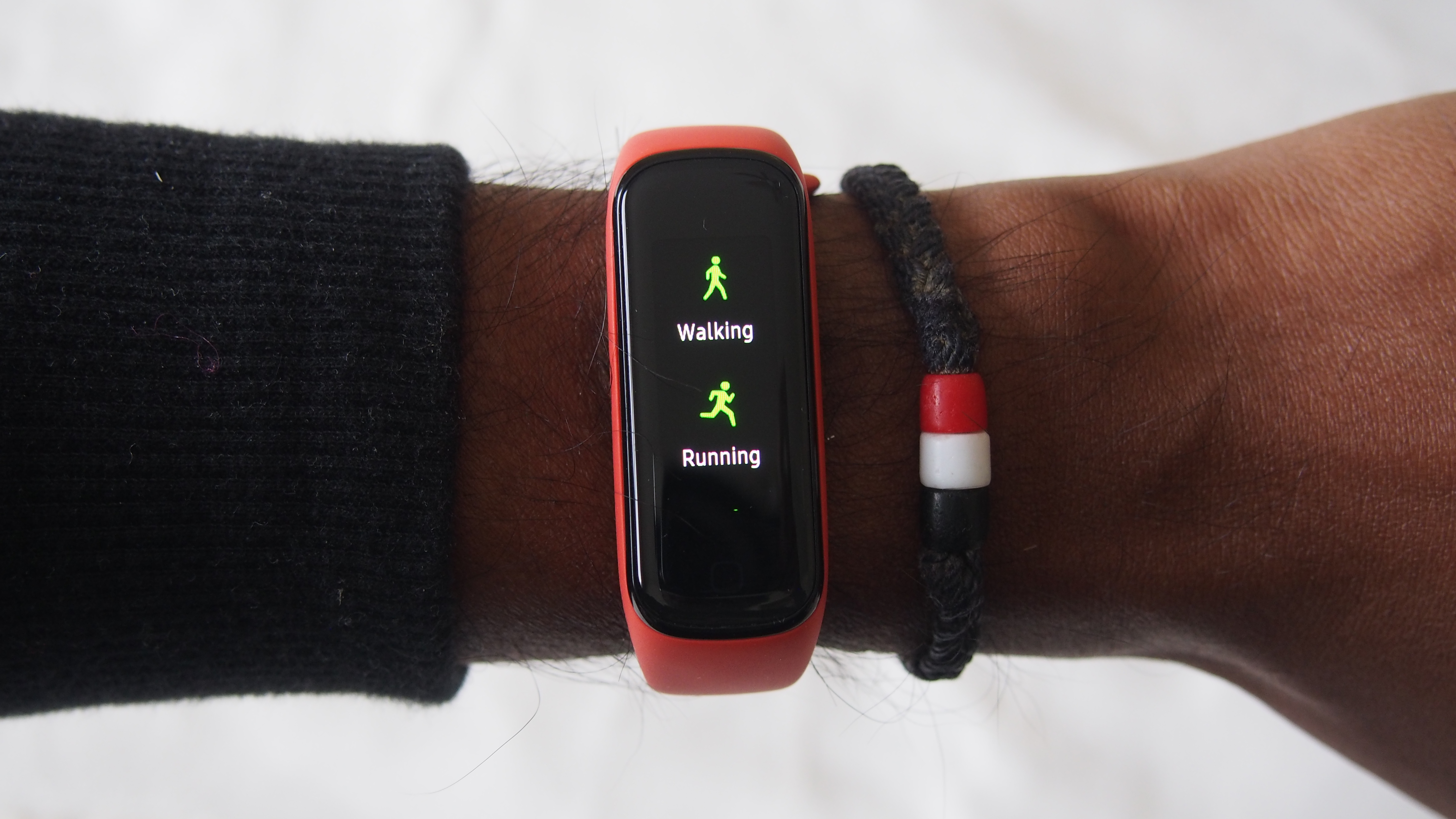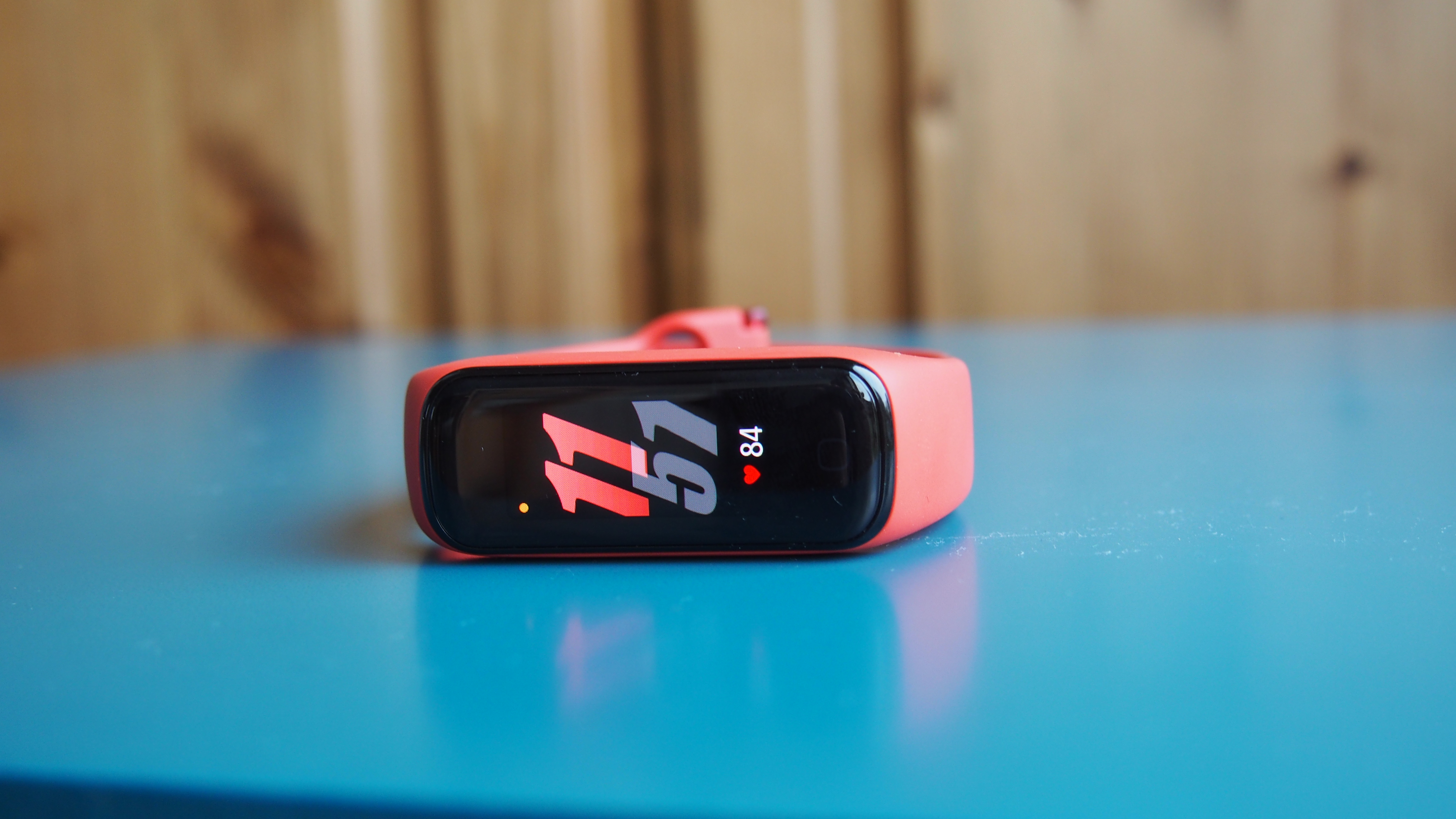Samsung Galaxy Fit 3: release date, price, and everything you need to know
Upgrade your Fit(ness)

Considering that the Samsung Galaxy Fit 2 launched all the way back in September 2020, we thought Samsung had forgotten all about this line of fitness trackers – but the Samsung Galaxy Fit 3 is now official.
If you're wondering what this new and improved fitness tracker has to offer, we've got you covered. We'll explain to you the key specs and features of the wearable, as well as how much you'll have to pay to get it.
Before the Samsung Galaxy Fit 3 launched, we put together a wishlist of what we wanted to see – and we've left that in place at the bottom of this article so you can see to what extent Samsung listened to us.
Cut to the chase
- What is it? Samsung's new fitness tracker
- When is it out? February 23, 2024
- How much will it cost? Maybe around $120 / £80 / AU$270
Samsung Galaxy Fit 3 release date and price
While earlier rumors had pointed towards a launch for the Galaxy Fit 3 in the first half of 2023, it eventually showed up in 2024, going on sale in selected markets on February 23.
That followed the device showing up at regulators, although there was no sign of it at the Samsung Galaxy S24 in January, as we thought there might have been.
We're actually still waiting for pricing details from Samsung. We had initially expected the Fit 3 to match the starting price of the Fit 2: specifically, $59 / £39 / AU$135. However, the most recent leak in this area suggests the new fitness tracker might cost twice the amount of its predecessor.

Samsung Galaxy Fit 3 specs and features
Now that the Samsung Galaxy Fit 3 is here, we know what it has to offer: 13 days of battery life between charges, a 1.6-inch display (much larger than the one on the Galaxy Fit 2), and plenty of ways to track your health and fitness metrics.
Sign up for breaking news, reviews, opinion, top tech deals, and more.
You can read Samsung's official launch post here.
We've got some advanced sleep tracking, including snore detection, as well as fall detection and emergency SOS capabilities for some extra peace of mind.
It's 5ATM and IP68 rated for water and dust protection as well – so it should survive in water in depths of up to 50 meters for 10 minutes, or 1.5 meters for 30 minutes. It's not suitable for diving, beach use, or pool use though.
You've got a choice of more than 100 different watch faces, or you can load up your own photos to use as a backdrop on the display. You can pick between gray, silver, and pink gold as the color options.
Samsung Galaxy Fit 3 news and leaks
While there weren't a huge number of leaks around the Samsung Galaxy Fit 3, there were some. We saw leaked renders from two sources, both of which show off a larger screen than the 1.1-inch display on the Galaxy Fit 2, showing the fitness tracker is veering into smartwatch territory.
On the right of the device we can see a physical button and a hole for the microphone, and the rumored colors are grey, gold and black – nothing to get too excited about there, but sensible choices. Of course these are all unofficial renders, so don't take anything as confirmed right now.
Samsung Galaxy Fit 3 Renders#SamsungGalaxyFit3#Samsung pic.twitter.com/RN90KG1Y5fNovember 9, 2023
Almost everything is getting generative AI added to it at the moment, and the thinking is that the larger screen could enable some kind of AI assistant on the fitness tracker. AI upgrades are also being talked about for the Galaxy S24, and Samsung is clearly keen on the technology.
One other leak concerns the battery, which is apparently going to be significantly bigger in terms of capacity than the Samsung Galaxy Fit 2. However, that might not be as beneficial as you think in terms of battery life – if the new tracker does indeed come with a bigger screen, that will need more power to run.
What we want to see
The Samsung Galaxy Fit 2 is a decent wearable, achieving 3.5 stars in our review, but that also means there’s plenty of room for improvement, which the following features could help with.
1. More accurate heart rate monitoring
A reliable heart rate monitor is a near essential feature for any fitness tracker, and yet it’s something the Samsung Galaxy Fit 2 lacks.
Sure, it has a heart rate monitor, but in our tests we found its readings for both resting heart rate and exercise were way out compared to other devices. So it’s vital that Samsung improves this for the Samsung Galaxy Fit 3.
2. GPS

The Samsung Galaxy Fit 2 doesn’t include GPS, and while that’s perhaps understandable given the low price, it’s a really useful feature to have.
So we’d like Samsung to add it to the Galaxy Fit 3, or at the very least add connected GPS, so the tracker can piggyback off your phone’s GPS connection.
3. Better battery life
The Samsung Galaxy Fit 2 actually has quite solid battery life, but going by our tests it’s a long way short of the company’s claims. Samsung claims it can last for over two weeks, but we found a daily drop of around 10% with typical use and up to 20% on days when we exercised for longer periods. That means the actual battery life is likely to be more in the region of 5-10 days.
So for the Samsung Galaxy Fit 3 we want a wearable that genuinely does last for at least two weeks, without having to seriously limit your use of it.
4. An always-on display

An always-on display isn’t really an essential feature for a fitness tracker, but it is nice to have, as it means you can always see the time and other key information like notifications.
Of course, this can also harm the battery life, but a well implemented always-on display doesn’t have to be a major drain, and we’d want it to be a feature that you can turn off, so you can choose whether you want to take that battery life hit or not.
5. An altimeter
An altimeter is another thing that’s not really essential, but it is a useful perk on any sort of fitness tracker, as it allows you to track elevation.
It’s another thing that’s not offered on the Samsung Galaxy Fit 2, but we hope that it will be offered on the Samsung Galaxy Fit 3.
- These are the best cheap fitness trackers
James is a freelance phones, tablets and wearables writer and sub-editor at TechRadar. He has a love for everything ‘smart’, from watches to lights, and can often be found arguing with AI assistants or drowning in the latest apps. James also contributes to 3G.co.uk, 4G.co.uk and 5G.co.uk and has written for T3, Digital Camera World, Clarity Media and others, with work on the web, in print and on TV.